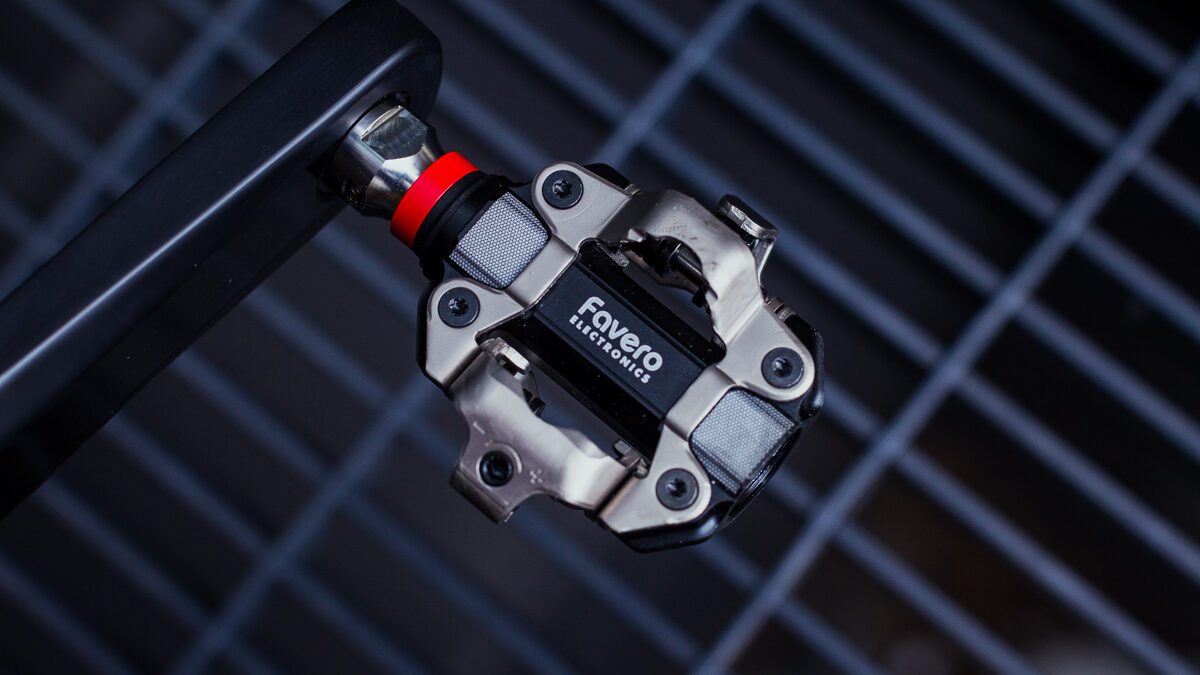Power guide: What are the advantages of pedal power meters?
Comparing pedal-based options to the competition

Power meters are more accessible than they have ever been. Once an exclusive training tool of pros and elites, they are now more affordable, if not necessarily cheap, and more user-friendly than in years past. In particular, the rise of pedal based power meters makes it a training tool that is easy to take advantage of for riders, no matter what type of riding you do.
Pedal Power vs crank power
There are several types of power meters available these days, each with its own advantages and disadvantages. Most center around the bottom bracket area, either in the crank arm, the spider between crank and chainring, a few lingering crank spindle-based models and, more recently, pedal-based power meters.
The first three tend to boast better battery life, since they have more space to work with. Unfortunately, unless you happen to have several bikes that use the same standards (BB, crank, chainring, gearing), they really are specific to one bike or, at best, one type of bike.
Pedal-based power meters, on the other hand, take advantage of one of the few standard in cycling that remains consistent across all types of bikes. Road bike, track, bike, gravel bike, mountain bike, downhill bike: the same pedals can be attached to any set of cranks. Shimano’s widely-adopted SPD standard, in particular, works for everything from downhill to XC and gravel.
The latest pedal-based power meters, like Favero’s Assioma Pro MX, overcome most of the problems that held competitors back. Smaller internals mean that, at 11.2mm stack height, they are almost as slim as non-power pedals. At 191.4g/pedal, they’re also the lightest power meter pedal on the market. With all electronics houses safely inside the Pro MX’s stainless steel spindle, they’re tough enough to take the abuse of mountain biking. Favero even offers replacement pedal bodies at a price consistent with other non-instrumented pedals, so you can keep the Pro MX’s rolling if you do damage the 6061-T6 Aluminum outer body. The cleat mechanism itself is made of chrome molybdenum alloy that, with a surface hardness of up to 800 HV, will easily take the abuse dished out by mountain biking.
Pedal power to the people: what are the advantages of pedal power meters?
These improvements in pedal power make taking your training to the next level a more accessible option than ever. Pedals like the Assomia Pro MX, the most affordable power-pedal on the market, lower the price of entry for power-based training, while delivering excellent accuracy (+/- 1%, even with an oval chainring). Since Favero designs them to move easily between bikes, it’s also like buying a power meter for every bike you own. Unlike crank-based power meters, where you have to buy one for each bike (leaving you with a “spare” set of non-power cranks), Assomia Pro MX can be moved between bikes in minutes by anyone with basic mechanical know-how.
That means you can get the kind of consistent data you need for power-based training from one set of pedals. Move them between your mountain or gravel bike and your indoor trainer without having to worry about discrepancies between system outputs. And, since Assioma Pro MX measure power at the point where you’re applying it to the bike, they easily accommodate changes between different bikes.
So, if you’re interested in unlocking a new level in your training, pedal-based power meters are the easiest way to get started.
This story is supported by Favero



